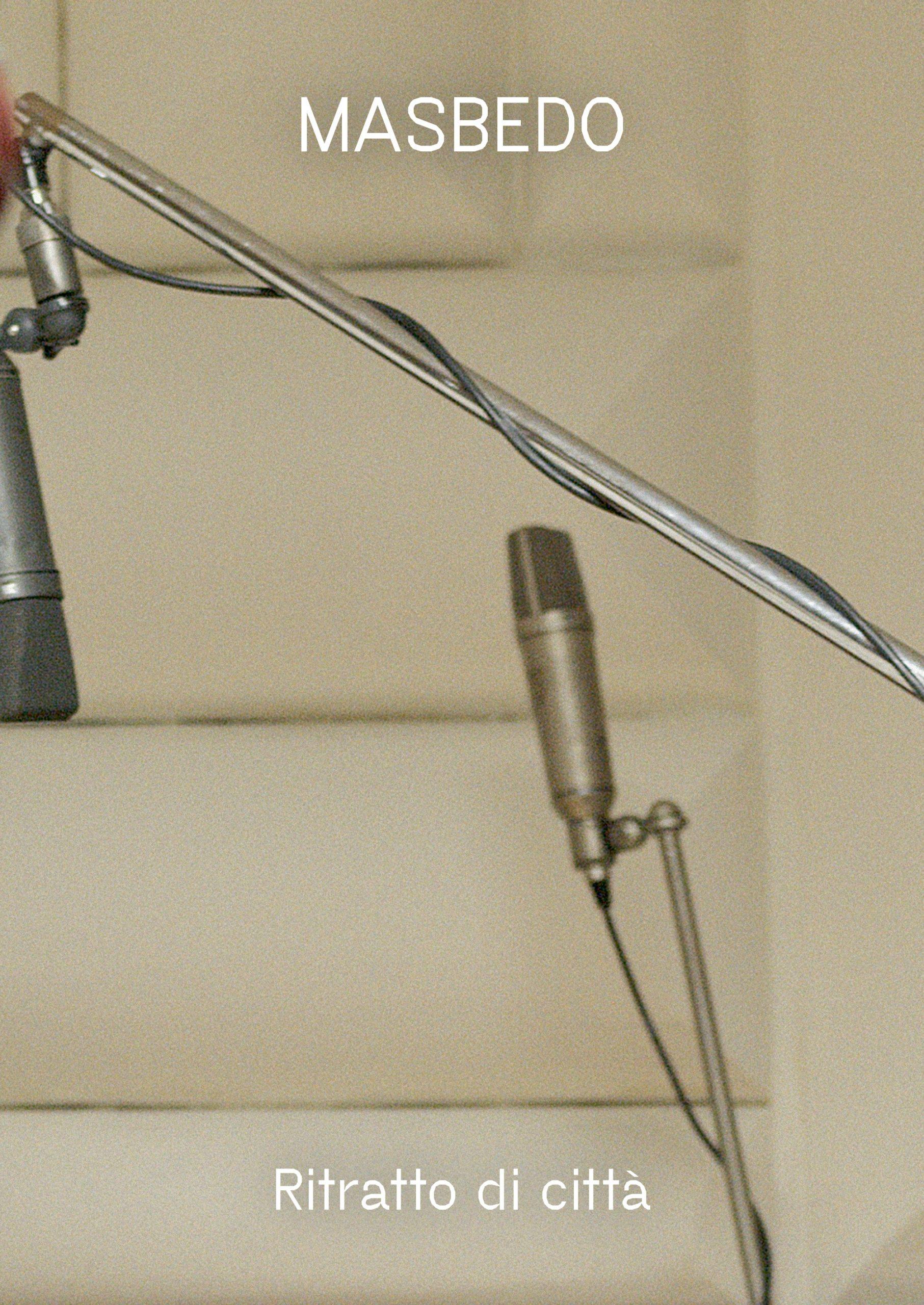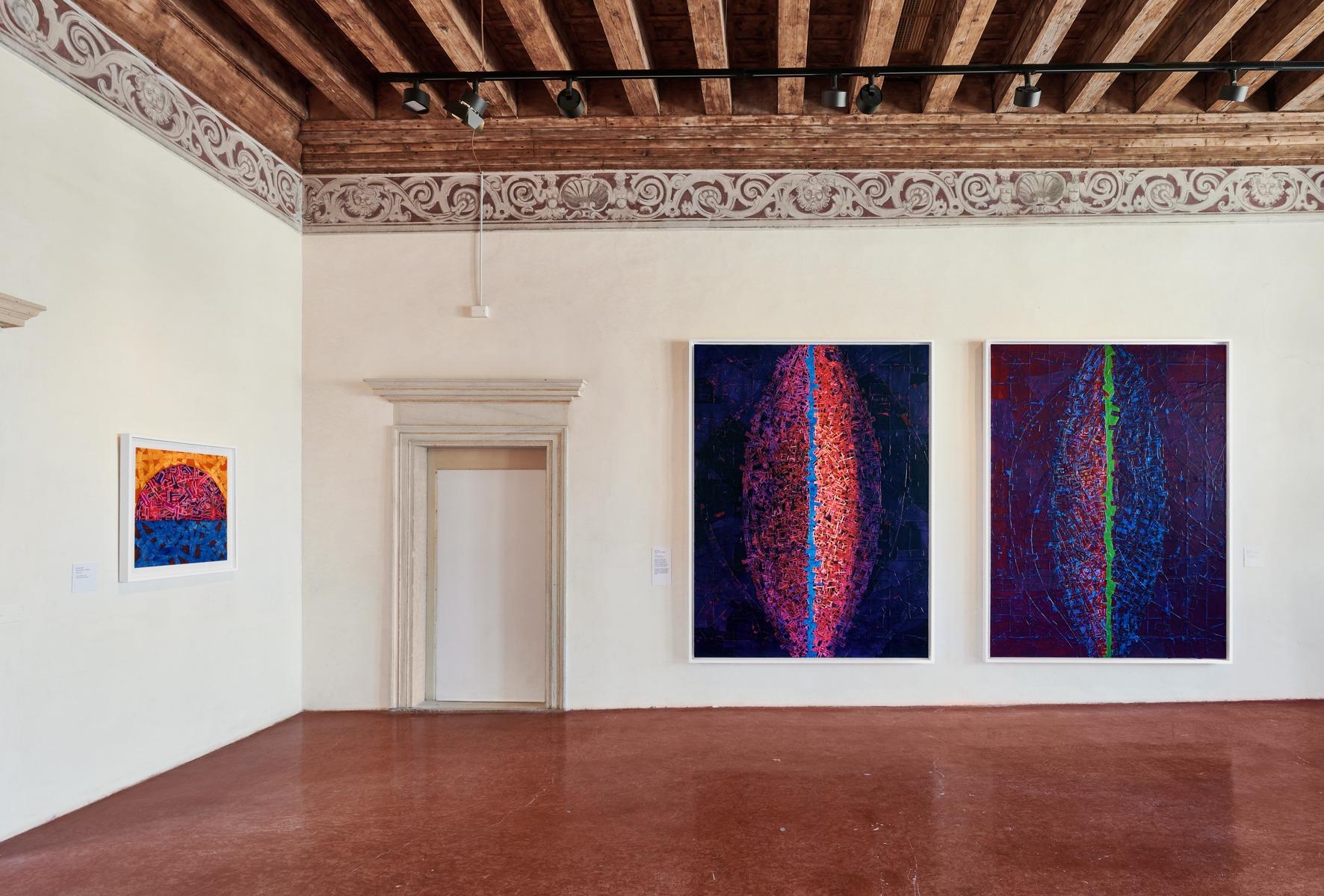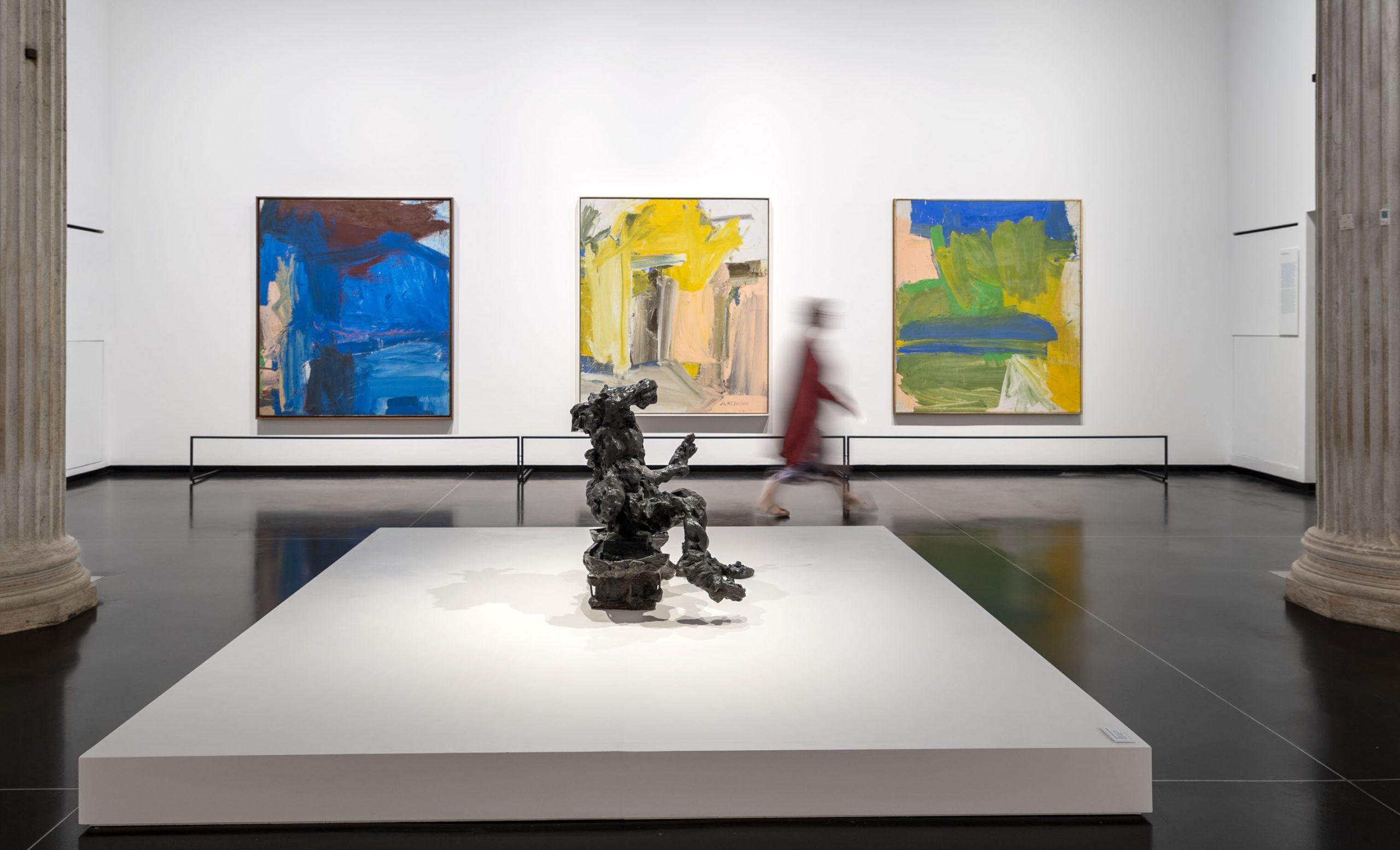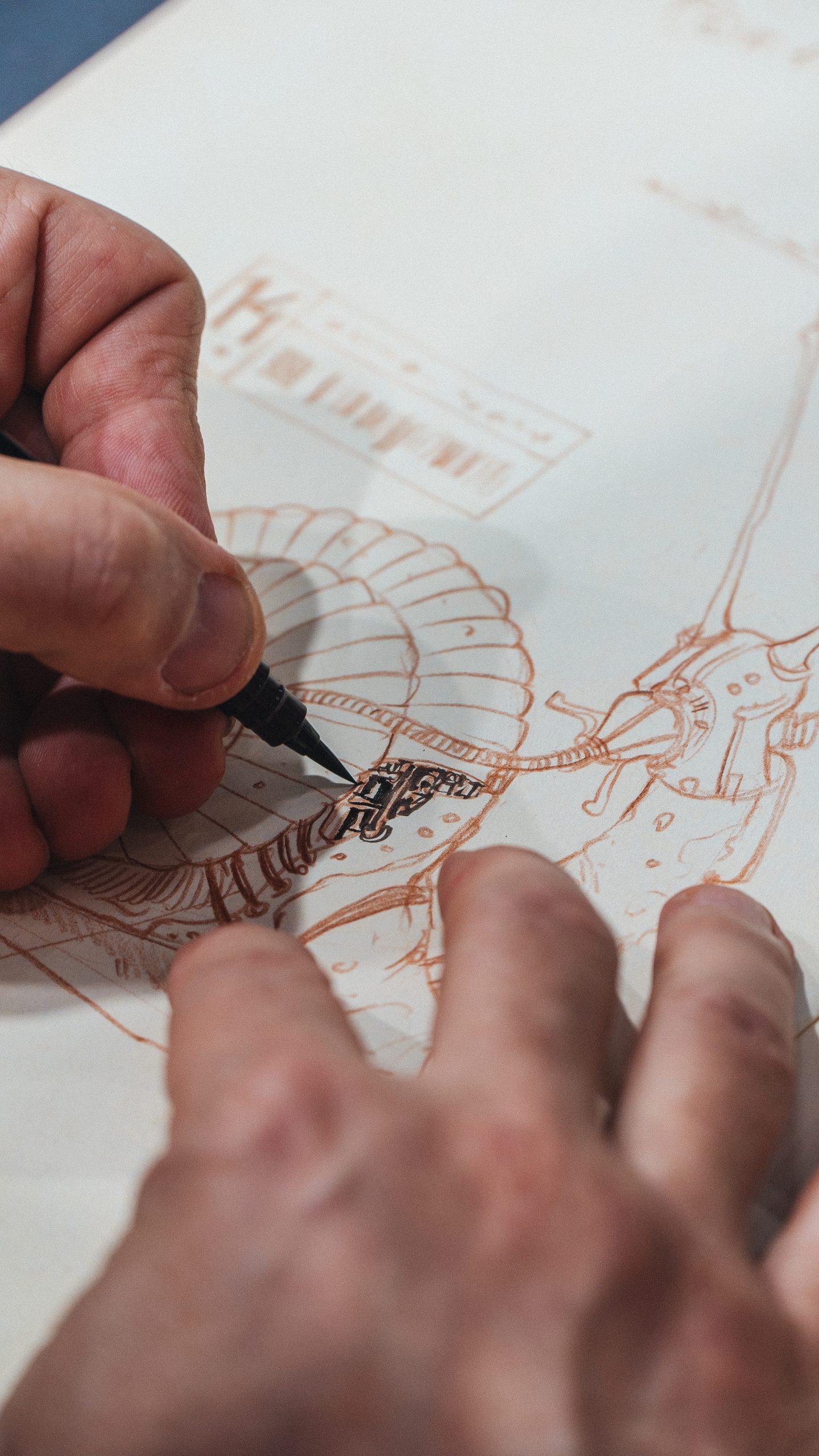A multi-channel video, an immersive installation, a series of sound performances, projections and a dense calendar of meetings and events. These are the many “chapters” that make up “Ritratto di città (20/20,000Hz)”, the project realised by MASBEDO ‒ the duo formed by Nicolò Massazza and Iacopo Bedogni ‒ , which also includes the catalogue of the same name published by Marsilio Arte and edited by Cloe Piccoli. Among the winners of the eleventh edition of the Italian Council, the contest announced by Directorate-General for Contemporary Creativity of the Italian Ministry of Culture to promote Italian art in the world, the project involves important national and international institutions including SODA ‒ School of Digital Arts in Manchester, the Centre Pompidou-Metz, Museo del Novecento and Triennale in Milan and MAXXI in Rome. The focus of the work ‒ which will be included in the Museo del Novecento’s collections ‒ is the city of Milan and the Studio di Fonologia RAI founded by Luciano Berio and Bruno Maderna in 1955. The curator Cloe Piccoli describes the project through the pages of the catalogue
MASBEDO’s Ritratto di città (20/20.000Hz) springs from Nicolò Massazza and Iacopo Bedogni’s bent for investigating forgotten stories, odd fragments, gaps in time and research conducted out of sight: things in which, it must be said, they uncover an extraordinary amount of energy. One of these is the story of the RAI Studio di Fonologia in Milan founded by Luciano Berio and Bruno Maderna in 1955, and officially opened in 1956. A fundamental story for electronic music and musique concrète and for phonology. An experience that today, viewed from a contemporary perspective, sparks off new processes and visions. Ritratto di città (20/20.000Hz) is a reenactment of Luciano Berio, Bruno Maderna and Roberto Leydi’s Ritratto di città (1954), a synergy of actions which re-creates in the present day that potent short-circuit between radio and city, a convergence of avant-garde research and public service.
MASBEDO’s work, which consists of a multichannel video, an immersive installation, a series of acoustic performances, a public program and this volume, is inspired by Berio and Maderna’s interest in the city as a political and social organism. Berio and Maderna’s city was an aural one, made up of urban noises, suspensions, silences, found occasions and invented sounds, reproduced at the RAI’s Studio di Fonologia. Here the composers created unprecedented and unheard-of assemblages of sound through the use of new machines and means for their production, modulation and recording, together with the legendary sound engineer Marino Zuccheri. Today the approach taken in the early years of the Studio di Fonologia, refined through modern technology in the interpretation of the composers and sound designers G.U.P. Alcaro and Davide Tomat, resonates with the contemporary metropolis in MASBEDO’s work.
The initial focus of MASBEDO’s project was to imagine how to reactivate that process of vision and that experience of the city of Milan today, and above all how to realize that passage, that spillover, from sound to moving picture. MASBEDO are among the most interesting of contemporary artists working on the interactions between images, sounds and performance. In Ritratto di città (20/20.000Hz), a video made in two chapters, the shots zoom in on the microscopic and pan out to observe the whole, before plunging back in again. Ritratto di città (20/20.000Hz) enters and exits from places, studios, buildings and urban spaces so as to create a specific, energetic and potent context, made up of sounds, performances and moving images. To reactivate the heroic and bounteous experience described by Roberto Leydi, author of the text of the Ritratto di città, after whose production the Studio di Fonologia would open its doors: “The Piccolo Teatro, the Pomeriggi Musicali, the Polytechnic and the Studio di Fonologia were able to spring from a landscape devastated and oppressed by a myriad contingent necessities of material survival” recalled Leydi, “because a small group of madmen, some from Milan and others from many different places, did not know that the realization of their dreams was rationally impossible, but also because the city was going through, as it waited for the imminent descent of the humdrum, an extraordinary moment of human and cultural vitality and desperate illusion.” […]
MASBEDO’s Ritratto di città (20/20.000Hz) is a context-specific work in line with some of the most interesting contemporary research. In other words, it is no longer just site specific, like some glorious works of the 1970s, connected with and referring to a particular place, but develops a complex system of signs, energies, images and sounds that draw on historical, political and social sources, on urban topographies and on archive materials; a system that itself becomes a context. Ritratto di città (20/20.000Hz) regards a broad compass, inside and outside the video, that reactivates concepts and includes external and unexpected interferences. This set of elements extends even further, creating a situation in flux that is open and fluid, verging on the provisional. A context in movement, in which the space of the installation is no longer solely a significant sum of objects and images, but organic material determined by the “mutual compenetration between subject and environment, body and space, life and medium.” A sphere distilled by the act of reactivation in an organic time in which the vision of postwar Milan extends beyond the documentary to frame the city in the space of the present installation.
Ritratto di città (20/20.000Hz) is located on the boundary between forms and frequencies, planning and chance, museum and street, art and life, giving concrete expression each time to different transitory experiences and communities that like the work itself enter into its context and turn it into “a complex interplay of dislocations and relocations.” The images that flow through MASBEDO’s montage installed at the Museo del Novecento interface with their setting. The shots of the RAI studios on Corso Sempione punctuated by Gio Ponti’s acoustic panels, with that hexagonal table, the oscilloscopes of the 1980s and the computers of the day, interact with real images of the city that enter the work through the large windows looking onto Piazza Duomo, while the sounds of the video ‒ produced live during the shooting by G.U.P. Alcaro and Davide Tomat ‒ amplify the architecture of the studios, evoking their spectral, energetic echo through micro-sampling and buffering in real time. The intention is to create an “auditory topography of the setting” on the basis of the perpetual feedback between the nine microphones (just as there were nine oscillators in the studio), and the speakers in the room. Like the images, the sound is projected outside its own space and time. In fact the composition resounds in other parts of the city captured in MASBEDO’s video.
Cloe Piccoli
The text is taken from the book MASBEDO. Ritratto di città (20/20.000Hz), Marsilio Arte, Venice 2024
BIO
Cloe Piccoli is a contemporary art critic, curator, author and tenure professor of Contemporary Art at the Accademia di Belle Arti di Brera in Milan. She works across arts, architecture, visual and cultural studies. She has curated exhibitions and projects in international museums such as MAXXI (Rome and L’Aquila), MACRO (Rome); PAC (Milan); Museo del Novecento (Milan); Triennale di Milano (Milan); Fondazione ICA Milano (Milan). She has worked as artistic director on contemporary art projects for Christian Dior Italia (LVMH), Acqua di Parma (LVMH) and Rinascente (Central Group). She has curated solo exhibitions and installations by John Armleder, Rosa Barba, Massim Bartolini, Pedro Cabrita Reis, Alberto Garutti, Stefano Graziani, Armin Linke, Kuehn Malvezzi, Diego Perrone, Paola Pivi, Tobias Rehberger. She is contributor for the national cultural pages of la Repubblica and D – la Repubblica delle donne for which she has interviewed many of leading figure on contemporary cultural scene including Judy Chicago, Jessie Homer French, Anne Imhof, Alex Katz, Jacques Herzog, Rem Koolhaas, Joseph Kosuth, Barbara Kruger, Pamela Rosenkranz, Tomás Saraceno, Wolfgang Tillmans, Jeff Wall. She has published with Baldini & Castoldi, Electa, Mousse Publishing, Skira, Humboldt Books.

MASBEDO, Ritratto di città (20/20.000 Hz), 2024, video still, courtesy the artists
Related products
Related Articles







